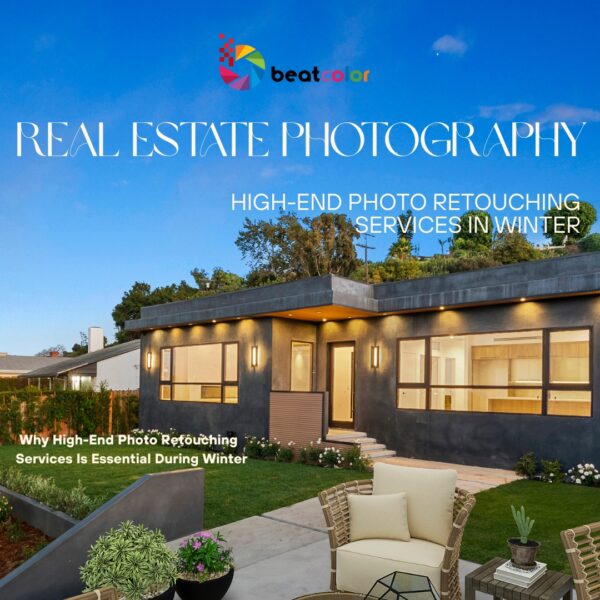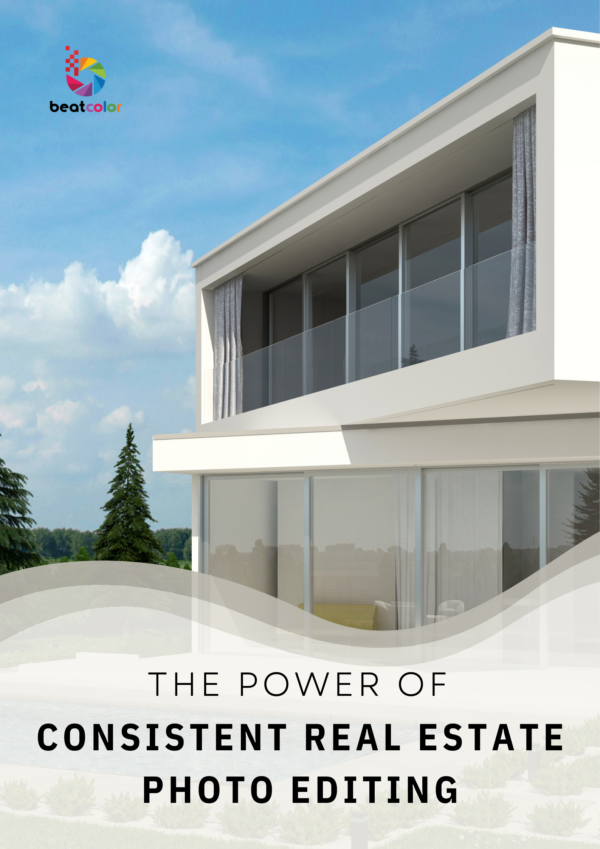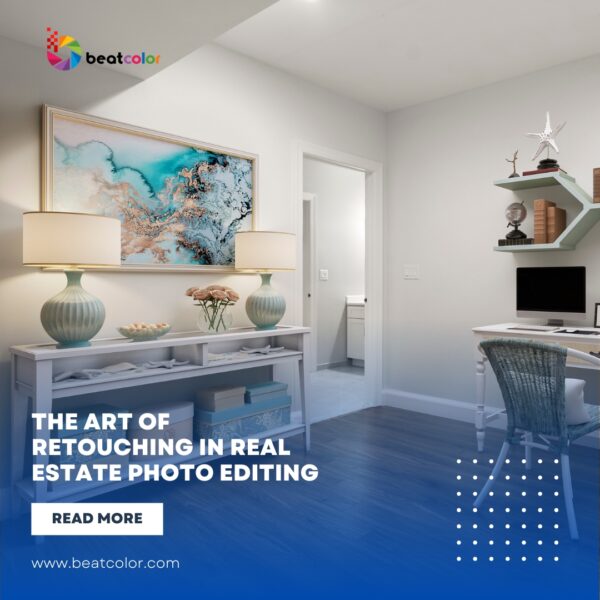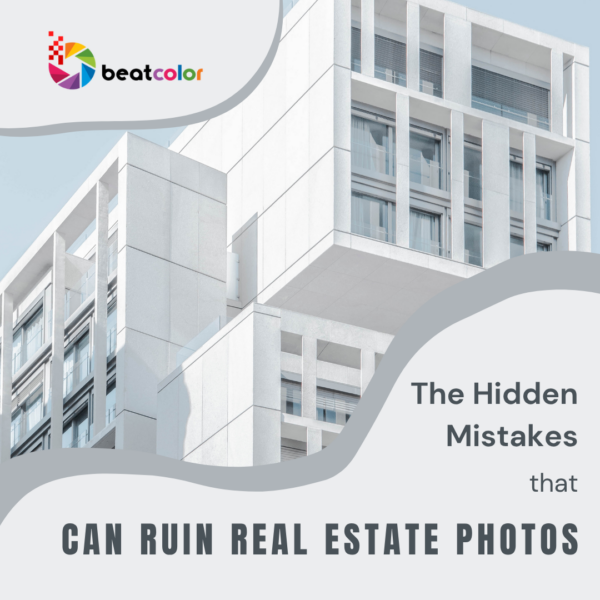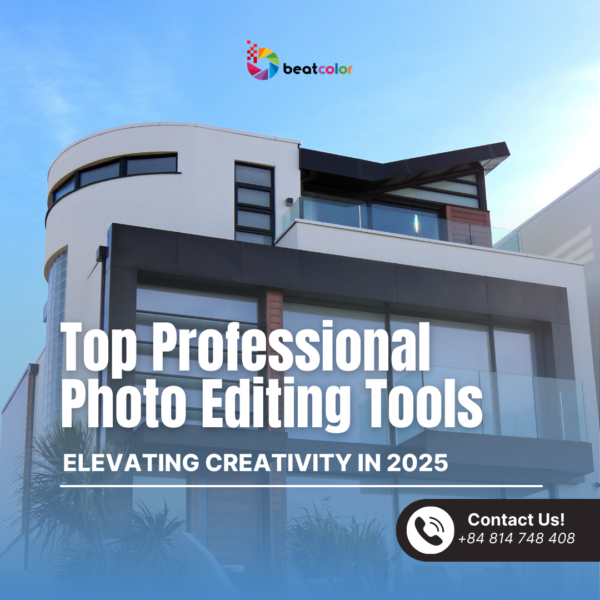Luxury Virtual Staging: Redefining Modern Property Marketing
Luxury homes deserve more than plain photos. They need atmosphere, emotion, and elegance that speaks to discerning buyers. In today’s real estate market, luxury virtual staging delivers exactly that.
This advanced digital technique has quickly become one of the most powerful marketing tools for premium listings. It transforms bare rooms into sophisticated, magazine-worthy interiors—without moving a single piece of furniture.
What Makes Luxury Virtual Staging Different
Ordinary virtual staging focuses on showing space. Luxury virtual staging goes further—it tells a story.
It blends design artistry with technology. Every detail, from marble textures to curated décor, is selected to echo high-end lifestyles. Instead of using generic furniture sets, luxury staging incorporates bespoke digital assets modeled after real designer brands.
Modern tools powered by AI and 3D rendering make this possible. They allow editors to simulate natural light, realistic shadows, and true-scale furnishings. The result? Rooms that look like they belong in an architectural magazine.
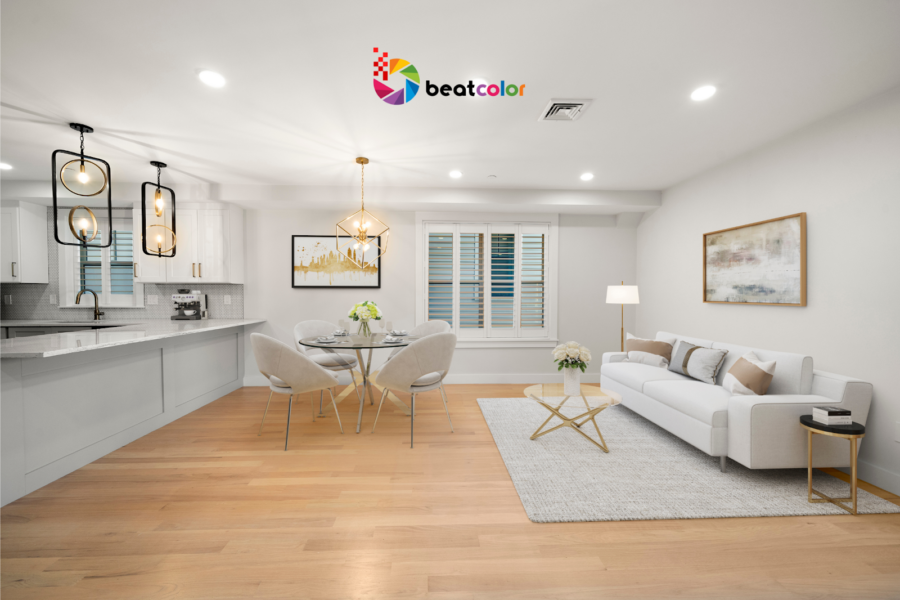
Why Luxury Buyers Expect More
Luxury homebuyers no longer rely on imagination alone. According to a 2025 report from StagerAI, 97% of property buyers start their search online, and over 70% say that presentation quality directly influences their decision to schedule a showing.
Another study from Luxury Home Staging Studio (2025) shows that staged luxury listings receive 118% more online engagement compared to unstaged ones. Moreover, these homes often sell 8–12% higher in value.
The numbers are clear—high-end buyers respond emotionally to strong visuals. They are not just purchasing square footage; they are buying identity and experience. Luxury virtual staging captures that desire.
The Cost Advantage for Sellers
Traditional staging for premium homes can cost between $2,000 and $15,000, depending on size and design complexity. In contrast, luxury virtual staging typically costs only a fraction of that—often under $500 per room.
Despite its lower cost, the return on investment remains exceptional. Recent market data shows a potential ROI between 500% and 3,600%, making it one of the most efficient marketing tools for high-end real estate.
Beyond savings, virtual staging provides flexibility. Agents can showcase multiple interior styles for one space—modern minimalist, coastal chic, or penthouse glam—allowing buyers to see different lifestyles before visiting in person.
2025 Trends Defining Luxury Virtual Staging
The digital staging landscape is evolving fast. Here are the most prominent trends shaping 2025:
1. AI-Powered Personalization
Artificial intelligence now allows editors to design interiors that reflect the preferences of target buyers. For instance, an urban luxury apartment may feature clean lines and art pieces, while a countryside villa emphasizes natural materials and warmth.
2. Augmented Reality (AR) Walkthroughs
Buyers can now explore staged rooms using AR or VR headsets. They can even switch between décor themes in real time. This immersive approach creates emotional engagement far beyond static photography.
3. Eco-Luxury Designs
Sustainability has entered the luxury sector. High-end buyers favor eco-conscious materials, soft neutral palettes, and biophilic elements. Virtual staging reflects this movement through organic textures, plants, and recycled design pieces.
4. Hyper-Realistic 3D Rendering
With advanced software like Blender and Unreal Engine, virtual staging in 2025 looks indistinguishable from real photography. Shadows, reflections, and light diffusion are now precisely modeled to achieve photo-realism.
How to Use Luxury Virtual Staging Strategically
Luxury virtual staging works best when integrated into a full marketing plan. Here’s how to use it effectively:
- Start early. Stage before your listing goes live. Early visual impact helps listings gain traction faster.
- Know your audience. Understand what local luxury buyers value—modern design, artistic flair, or classic elegance. Tailor your staging accordingly.


- Maintain authenticity. Keep proportions realistic and lighting natural. Buyers trust imagery that feels genuine.
- Use multiple styles. Showcase different interior moods to appeal to diverse tastes.
- Leverage cross-platform marketing. Share staged visuals on websites, luxury magazines, and social media platforms like Instagram, Pinterest, and LinkedIn.
Each staged photo becomes a silent storyteller. When executed well, it draws the viewer in and creates emotional ownership long before the first viewing.
Common Pitfalls to Avoid
Even luxury staging can fail when execution feels artificial. Avoid these missteps:
- Overdecorating spaces with excessive luxury items.
- Ignoring spatial proportions or natural light sources.
- Using outdated 3D models or textures.
- Failing to adapt staging to the architectural style of the home.
Luxury means subtlety and balance. The goal is not to overwhelm but to inspire.

The Future of High-End Digital Presentation
By late 2025, experts predict luxury virtual staging will merge even deeper with virtual renovation tools and AI-powered analytics. Agents will soon test multiple room designs instantly, then measure which visuals generate higher engagement online.
Additionally, some developers are exploring real-time staging systems where buyers can personalize interiors while browsing listings. Imagine clicking on a sofa and swapping it for another brand instantly—that’s the next chapter.
This technology is reshaping how luxury real estate is experienced, bridging imagination with interaction.
Final Thoughts
Luxury virtual staging is not about illusion—it’s about vision. It shows what’s possible, not just what exists.
In an age where every detail matters, presenting premium homes through artistic and realistic visuals gives listings an undeniable edge. The combination of art, technology, and strategy allows sellers to communicate value instantly.
For real estate professionals, embracing luxury virtual staging is a statement. It says you understand modern buyers, appreciate aesthetic storytelling, and value innovation over tradition.
As the luxury market becomes increasingly digital-first, those who adapt now will lead tomorrow.
Read more:
High-End Photo Retouching Services in Winter
A Real Estate Photo Editing Company That Changes How Homes Sell
The Hidden Mistakes That Can Ruin Real Estate Photos



